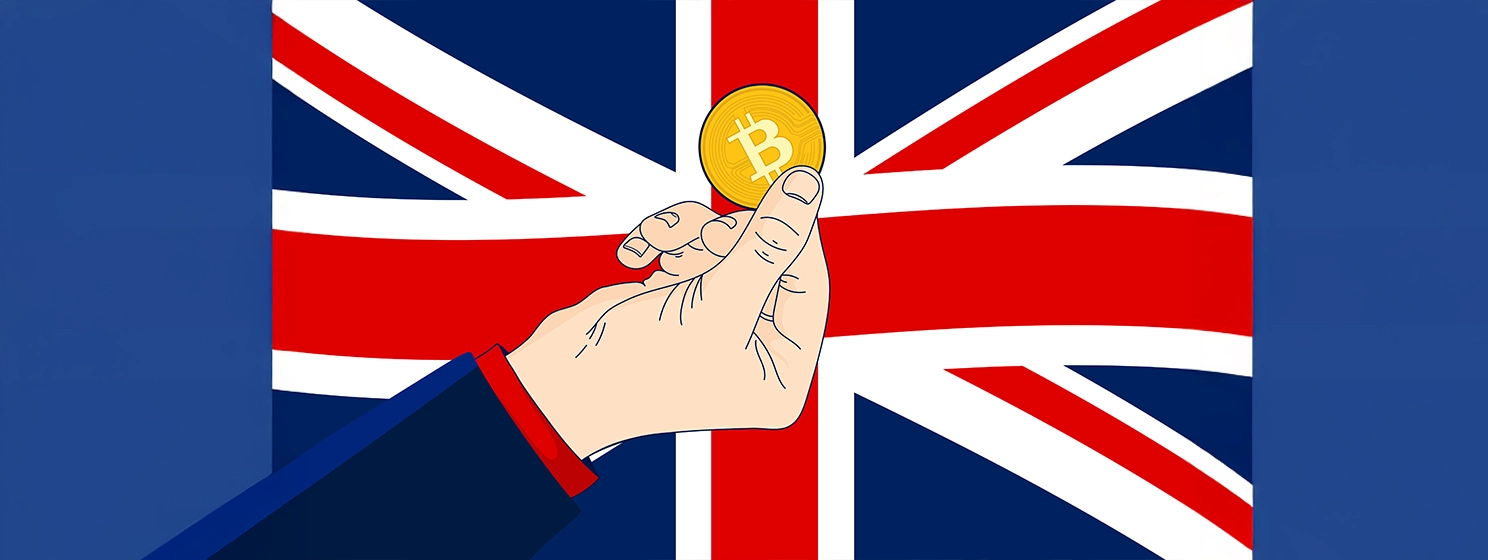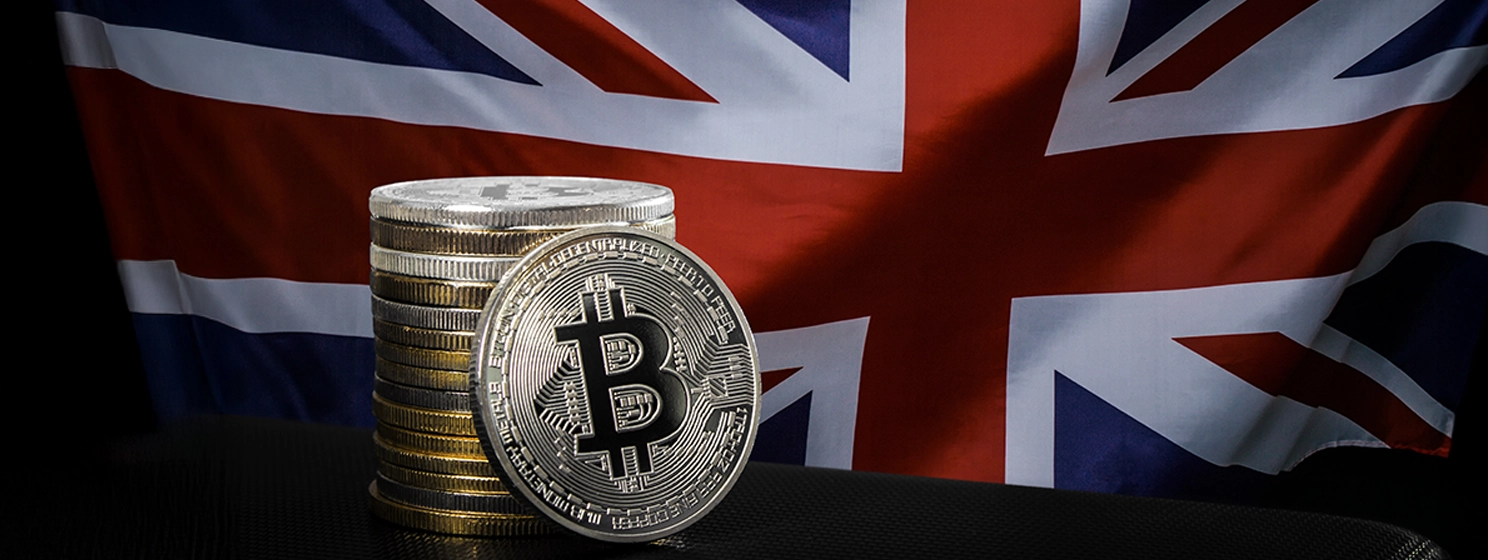|
Getting your Trinity Audio player ready...
|
At CoinGeek, we closely follow the movements of the BRICS alliance. In the past few years, we’ve covered how countries within BRICS have developed and launched digital currencies, vowed to de-dollarize to counter the United States’ geopolitical hegemony, and even hinted at creating their own gold-backed digital currency.
On a recent episode of the CoinGeek Weekly Livestream, Kurt Wuckert Jr. asked me if BRICS represents a threat to USD dominance. I answered no but explained that the question is nuanced. In this article, I’ll expand on that initial answer and unpack whether BRICS can mount a meaningful challenge to the almighty American dollar.
Understanding BRICS
To understand the answer to our central question, you must first understand what BRICS is and its goals.
BRICS is an acronym for Brazil, Russia, India, China, and South Africa. It has since expanded to include Egypt, Ethiopia, Iran, Indonesia, and the United Arab Emirates. There are also partner countries that are not full members, such as Belarus and Cuba.
BRICS isn’t a political union like the European Union. It doesn’t share a currency, has no common ideology, and isn’t even a free-trade zone. It exists as a collection of countries with some common interests but many differences.
In recent years, however, BRICS has become louder about de-dollarization. It has even hinted at a unifying digital currency as part of efforts to create alternatives to the USD and Western payment systems like SWIFT. These calls grew much louder after $300 billion of Russian assets were seized in response to its invasion of Ukraine.
While BRICS didn’t launch the digital currency at its 2024 Kazan Summit, with Russian President Vladimir Putin calling it “premature,” certain members did vow to speed up de-dollarization, namely Russia and Iran.
Essentially, BRICS is an alliance of nations in the Global South with a common interest in trading together and creating alternatives to payment and banking systems created by and largely existing to serve the United States and the Western world in general.
Understanding the USD
You might think you understand the USD, but you probably don’t grasp its sheer magnitude. The US Dollar isn’t only the national currency of the United States; it’s the world’s reserve currency and the lubricant that makes the global trade system work.
Here are some staggering facts about the USD:
- Around 60% of all central bank reserves are held in it.
- It’s involved in 90% of foreign exchange transactions.
- Most global commodities are priced in US Dollars.
- About half of all debt outside the U.S. is denominated in it.
While the USD has lost some status as the reserve currency (down from 80% in the 90s), it’s still dominant. The fact that about half of all global debt is denominated in it means it is an inextricable part of the global financial system and will be for some time to come. Countries owe the World Bank in USD, and corporations in Japan, India, and Brazil owe debt in USD. And they don’t even necessarily owe that debt to America or American companies—the USD is often used to denominate debt between themselves!
There has never been a reserve currency so ubiquitous, so all-encompassing, and so global. Furthermore, the U.S. is still the safest place for other countries to save their surpluses, and they do so by recycling them back into U.S. debt (treasuries and corporate bonds), equities, and other assets. Being an open financial system, investors know they can buy, sell, and move into and out of U.S. markets easily; they’re liquid, there are no capital controls, and they’re the most transparent and trusted markets.This doesn’t mean the USD is invulnerable or unassailable, but it does mean a competitor would have a heck of a climb ahead of it.
The USD may become even more dominant in the years ahead
While the USD is already the strongest reserve currency by a long way, it may become even stronger in the years ahead. While there’s currently lots of uncertainty about the direction the U.S. is headed, the truth is, there are still no better options for investors to stash their cash. Essentially, it’s the least bad option.
Adding to the momentum is President Donald Trump’s vow to make the USD stronger than ever and his Commerce Secretary, Howard Lutnick’s promise to do so via stablecoins. The U.S. is currently in the process of passing comprehensive stablecoin regulations, and Lutnick has made it clear they’ll play a role in bolstering USD dominance.
Unlike the EU, which has opted for a digital euro central bank digital currency (CBDC), Trump has forbidden the creation of one in the U.S. and has pushed for private stablecoins instead. Their proliferation across blockchain networks means anyone, anywhere, from Argentina to Kenya to the Philippines, will be able to purchase USD-backed stablecoins on their favorite exchanges. This demand will likely strengthen the dollar if successive American governments can manage inflation well.
Lutnick, in particular, has a motive to see such a setup succeed; his firm, Cantor Fitzgerald (NASDAQ: CFIKX), holds a 5% stake in Tether. As a large holder of U.S. Treasuries, Tether’s growth would benefit him personally while driving demand for U.S. debt, potentially lowering interest rates and benefiting the American economy.
That said, if USD stablecoins are to become globally dominant, they’ll have to operate on a blockchain that scales and has incredibly low fees. Ethereum won’t cut it as most of the world can’t afford the average Ethereum gas fee, and BTC planners have killed off all functionality that would allow tokenized dollars to live on it. Scalable utility blockchains like BSV offer a potential solution.
So, can BRICS replace the USD?
Not entirely, but potentially within BRICS itself. The USD is too deeply entrenched in everything, to the extent that people even think in dollars when conducting international trade. Given the debt issued in it and the incentives of holders to get paid, and given the lack of great alternatives, the USD is likely to remain dominant for decades to come.
That said, de-dollarization within BRICS is no joke, either. The alliance’s members consist of 4.1 billion people—more than half of humanity. Right now, these nations represent 27% of global gross domestic product (GDP), and their economies are growing quickly. Some economists predict that BRICS will be the majority of global GDP by 2050, with China representing over $70 trillion alone.
If half the world’s GDP and the world’s largest economy were to pull the plug on the dollar and use the Yuan or a BRICS currency instead, it would dramatically reduce demand for the dollar and would certainly impact its value and the U.S.’s ability to wield it as a weapon. While Western countries or corporations aren’t likely to save in China or Russia, it might not matter much if the majority of the world’s economic activity is inside BRICS itself.
So, BRICS probably can’t replace the USD entirely, but it could put a dent in it. If China continues to rise and becomes the world’s largest economy by nominal GDP, then it could mount a meaningful challenge to dollar dominance. Ironically, this could help the United States in several ways. A weaker dollar means its debt would be worth less, would make U.S. exports more affordable, and would reduce the trade deficits the current President is so angry about.
When you think about it in that light, maybe those stablecoins aren’t such a good idea, Mr. Lutnick?
Watch: Finding ways to use CBDC outside of digital currencies

 12-29-2025
12-29-2025 




